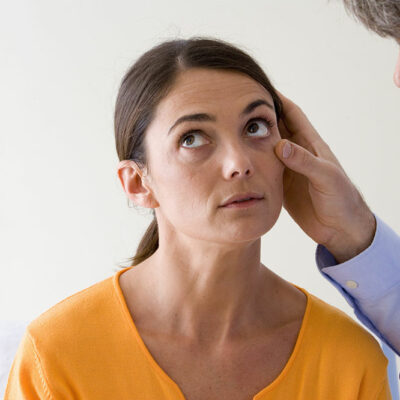
Health Conditions
6 Causes of Pulmonary Arterial Hypertension
Pulmonary arterial hypertension (PAH) is a serious condition that impacts the arteries, lungs, and heart. In some people, the disease may get worse and life-threatening over time. Since there is no cure available at the moment, one can avoid it by educating themselves about the condition, its treatment, and the causes of pulmonary arterial hypertension. 1. Use of appetite suppressants According to a study, people who take appetite suppressants and diet pills are at an increased risk of contracting PAH. The research indicates that the risk is 23 times higher in people who use diet pills for more than three months. 2. Lung disease Lung disease is the most common cause of PAH. Most lung diseases that eventually lead to PAH are detected by unusual lung sounds upon physical examination. People who live at high-altitudes for a long time may experience an increased risk of pulmonary arterial hypertension. Other reasons include chronic obstructive pulmonary disease, sleep apnea, and pulmonary fibrosis that is caused due to scarring of the tissue lining between the air sacs of the lungs. 3. Chronic blood clots Blood clots in the lungs, also known as pulmonary emboli, can also cause PAH. Blood clots disrupt the blood flow to the arteries and can lead to pulmonary hypertension.
Read More 













